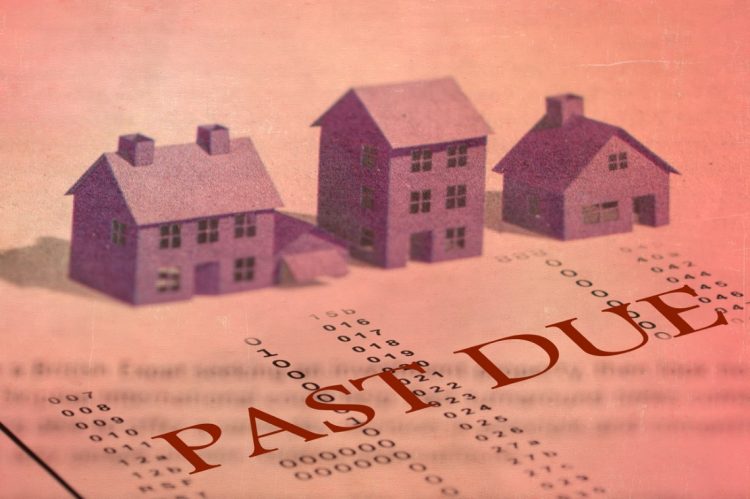For the month of June, 2.6% of all mortgages in the U.S. were in some stage of delinquency, unchanged from last month and a 0.3 percentage point decrease from the 2.9% rate last year. This is the same reading as the historic low of 2.6% in March.
Why a Shift From ‘I Have to’ to ‘I Get to’ Can Make All the Difference
Think about how the term “I get to” makes you feel. It denotes positivity, opportunity, even excitement. You get to do something, like it’s a treat, which completely transforms your motivation to do whatever it is. Read more.
Business Tip of the Day provided by
Categories
The Most Important Real Estate News & Events
Click below to receive the latest real estate news and events directly to your inbox.
By signing up, you agree to our TOS and Privacy Policy.













